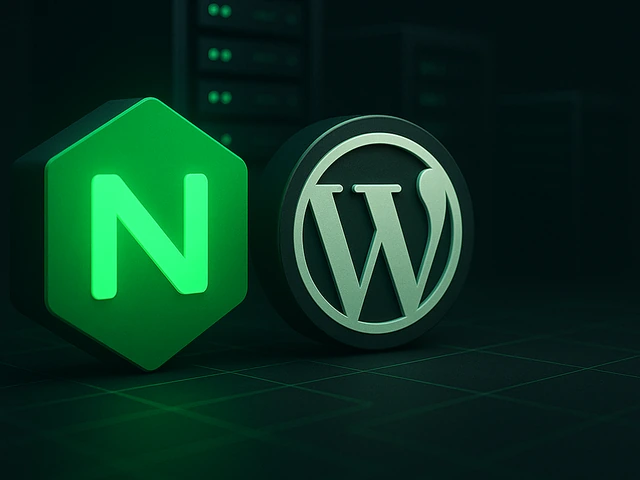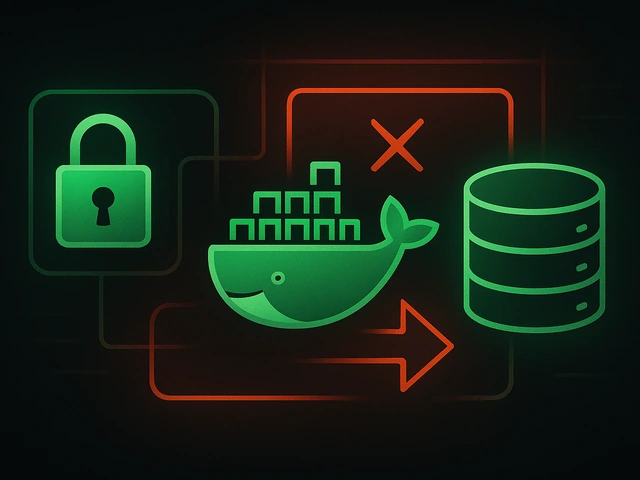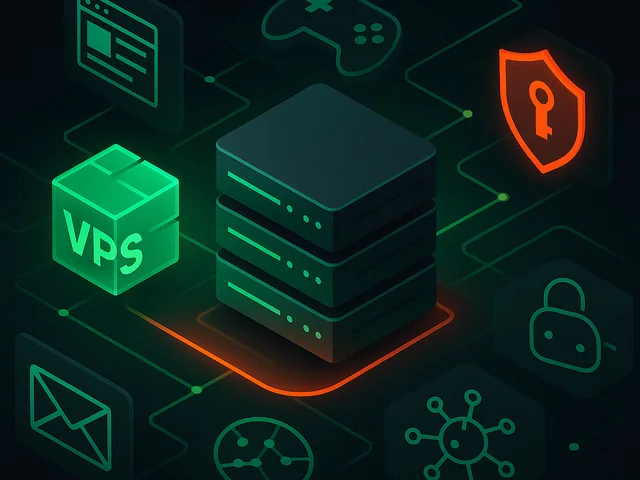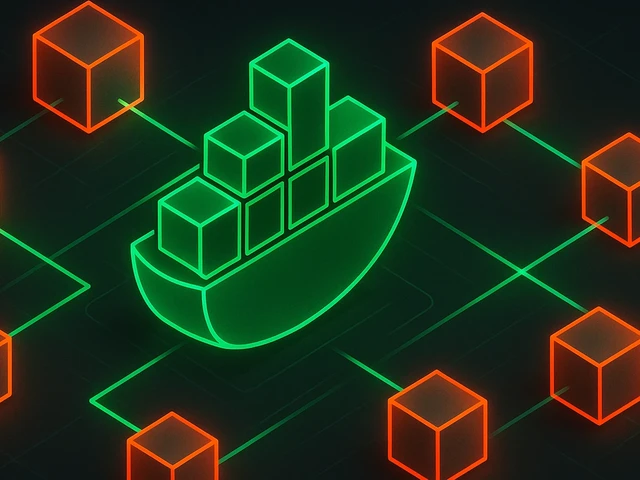The computer online game Minecraft has gained unprecedented popularity among children and youth by giving the player complete freedom of action. And the most po...
3v-Hosting Blog
What to Choose as Storage for Your Server: HDD, SSD, NVMe?
7 min read
When building a server, one of the most important questions you will face is choosing the right storage solution. The storage you choose can have a significant impact on the performance, reliability, and overall cost of your server, so choose it wisely.
At the moment, there are three most common options: HDD (hard drive), SSD (solid state drive) and NVMe (non-volatile memory Express).
In this article, we will briefly understand each technology, identify its pros and cons, and look at examples of when it is better to use one or another type of storage.
HDD (Hard Disk Drive)
HDDs are the traditional storage devices that have been around for decades. They use spinning magnetic disks to read and write data. HDDs come in various sizes and capacities, making them suitable for a wide range of applications.
Advantages:
Cost-Effective: HDDs are generally more affordable per gigabyte compared to SSDs and NVMe drives, making them a cost-effective option for storage-intensive tasks.
High Capacities: HDDs are available in larger capacities, making them ideal for storing vast amounts of data, such as backups and archives.
Durability: HDDs are robust and can withstand physical shocks and vibrations relatively well.
Disadvantages:
Slower Speeds: HDDs are slower than SSDs and NVMe drives, which can result in longer boot times and slower data access.
Higher Power Consumption: HDDs consume more power than their solid-state counterparts, leading to higher operational costs.
Limited Lifespan: Due to their mechanical components, HDDs have a limited lifespan and are more prone to failure over time.
Real-World Application Example:
HDDs are commonly used in file servers where storage capacity takes precedence over speed. They are also suitable for backup servers and data archiving systems where infrequent access to data is acceptable.
SSD (Solid State Drive)
Description:
SSDs are a more modern storage technology that has gained widespread adoption due to their speed and reliability. They use NAND flash memory to store data and have no moving parts, which makes them faster and more durable than HDDs.
Advantages:
High Speed: SSDs are significantly faster than HDDs, resulting in faster boot times, quicker application launches, and reduced data transfer times.
Energy Efficiency: SSDs consume less power than HDDs, leading to lower electricity costs and reduced heat generation.
Reliability: Since SSDs lack mechanical components, they are less prone to failure, making them more reliable for critical applications.
Disadvantages:
Cost: SSDs are generally more expensive per gigabyte compared to HDDs, which can be a significant factor when dealing with large storage requirements.
Limited Lifespan: Although SSDs are more reliable than HDDs, they still have a finite number of write cycles, which can affect their lifespan, especially in write-intensive scenarios.
Capacity: While SSD capacities have been increasing, they may still be insufficient for some high-capacity storage needs.
Real-World Application Example:
SSDs are commonly used in web hosting servers, including our Virtual Servers, databases and virtualization environments where fast data access and low latency are critical. They are also suitable for personal computers and laptops, providing a significant speed boost.
NVMe (Non-Volatile Memory Express)
Description:
NVMe is a cutting-edge storage technology designed for maximum performance and low latency. It uses NAND flash memory, like SSDs, but communicates with the system over a PCIe (Peripheral Component Interconnect Express) interface, allowing for lightning-fast data access.
Advantages:
Extreme Speed: NVMe drives offer unparalleled speed, reducing data access times to a minimum and delivering top-tier performance for applications with demanding I/O requirements.
Low Latency: NVMe's low latency is especially beneficial for real-time applications, such as gaming and high-frequency trading.
Energy Efficiency: Despite their high speed, NVMe drives are energy-efficient, consuming less power than HDDs and even some SSDs.
Disadvantages:
Cost: NVMe drives are the most expensive option among the three, making them less cost-effective for large-scale storage deployments.
Compatibility: Older systems may not support NVMe drives, so compatibility can be a concern when upgrading.
Real-World Application Example:
NVMe drives are commonly used in high-performance computing (HPC) clusters, data analytics servers, and applications where speed and low latency are critical, such as real-time video editing workstations.
Conclusion
Choosing the right storage solution for your server depends on your specific needs and budget. HDDs are suitable for cost-effective, high-capacity storage, while SSDs offer a balanced solution with faster speeds and better reliability. NVMe drives, on the other hand, are the top choice for applications requiring extreme speed and low latency.
Consider the nature of your workloads, data access patterns, and budget constraints when making your decision. It's also worth noting that many organizations opt for a combination of these storage technologies to balance performance and cost effectively. Ultimately, the choice between HDD, SSD, and NVMe should align with your server's intended purpose and performance requirements.

Accelerating WordPress at the Nginx level: correct PHP-FPM settings, try_files, static files, caching, Brotli, wp-login protection, and secure headers for stabl...

Effective backup strategies for Docker applications: how to protect volumes, data, and configurations while avoiding common mistakes, and quickly restore servic...

A clear guide to what VPS is used for: real cases, examples for developers, business setups, VPN, CI/CD and more. Learn how to choose the right VPS plan.












